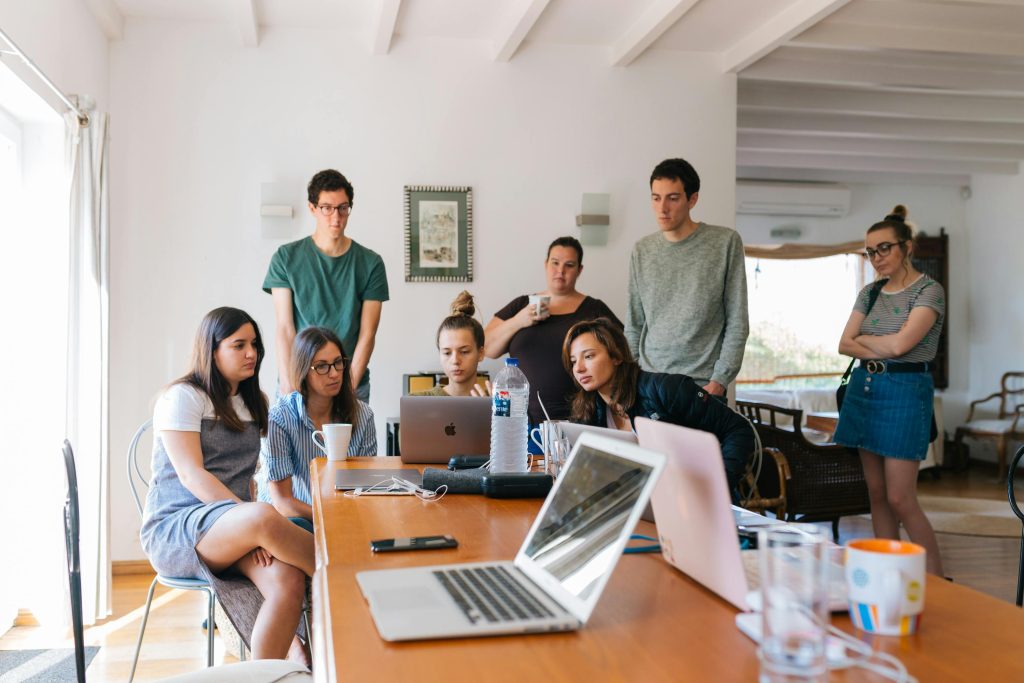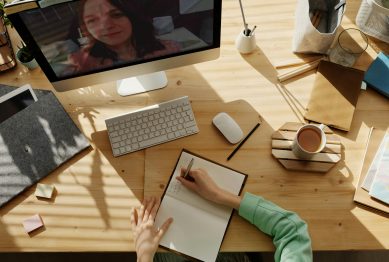In the modern work landscape, the pressure to remain constantly productive is intense. With the rise of remote work and digital connectivity, many find themselves glued to their desks for hours, believing that longer work hours lead to better results. However, a growing body of research contradicts this assumption, showing that how regular breaks from work increase overall productivity is an essential topic gaining traction among professionals, employers, and productivity experts alike.
This article explores why taking breaks is a critical factor in enhancing work performance, the science behind it, and practical strategies to integrate effective breaks into your routine.

Why Taking Regular Breaks Matters for Productivity
Many professionals associate success with continuous effort and long hours. But studies show that sustained concentration without rest leads to diminishing returns. Cognitive fatigue sets in, attention wanes, and the quality of work deteriorates.
According to research by the Draugiem Group using the DeskTime productivity app, the most productive 10% of users worked for 52 minutes followed by a 17-minute break. This pattern allows the brain to recharge and sustain focus over extended periods.
The Science Behind Breaks and Brain Function
Cognitive Fatigue and Attention Restoration
Continuous mental effort depletes cognitive resources, impairing decision-making, creativity, and problem-solving skills. This phenomenon, known as cognitive fatigue, affects the prefrontal cortex, the brain’s center for higher-order thinking.
Taking breaks allows the brain’s attention system to reset. Research from the University of Illinois found that brief diversions from a task can dramatically improve focus when returning to the task.
The Pomodoro Technique: A Popular Trend
The Pomodoro Technique, developed by Francesco Cirillo in the late 1980s, involves working in 25-minute intervals followed by 5-minute breaks, with a longer break after four cycles. This method has gained popularity because it balances work intensity and rest, preventing burnout.
Many modern productivity apps incorporate Pomodoro timers, reflecting its acceptance as a mainstream productivity tool.
Emerging Trends: Digital Detox Breaks and Movement
Digital Detox Breaks
A newer trend involves taking breaks away from screens, not just pausing work but consciously unplugging from digital devices. Digital overload contributes to mental fatigue, and stepping away from screens during breaks can reduce eye strain and improve mental clarity.
For instance, the Mayo Clinic recommends digital breaks as part of overall self-care to protect both mental and physical health .
Movement and Micro-Exercise
Physical movement during breaks—stretching, short walks, or micro-exercises—boosts blood circulation, oxygenates the brain, and reduces stress. The American Heart Association endorses periodic movement as a key component of workplace health .
Employers increasingly encourage “active breaks,” promoting standing desks or brief exercise sessions to combat sedentary work styles.
Practical Tips for Incorporating Regular Breaks
Making breaks effective requires intention and planning. Here are practical steps to harness the productivity benefits of breaks:
1. Schedule Breaks Deliberately
- Use timers or productivity apps like Focus Booster or Forest.
- Align breaks with natural attention spans (e.g., every 50 minutes).
2. Change Your Environment
- Step outside for fresh air if possible.
- Avoid staying at the desk to disconnect mentally.
3. Engage in Physical Movement
- Stretch or do light exercises.
- Walk around the room or outside for a few minutes.
4. Practice Mindfulness or Breathing Exercises
- Use break time for brief meditation or breathing techniques to reduce stress and reset focus.
5. Avoid Multitasking During Breaks
- Resist the urge to check emails or social media.
- Give your brain a real pause to maximize recovery.
The Impact of Regular Breaks on Long-Term Productivity and Well-Being
Incorporating regular breaks is not just a short-term fix but part of a sustainable productivity and well-being strategy. Long-term benefits include:
- Reduced burnout and stress levels.
- Improved creativity and problem-solving.
- Better physical health through reduced sedentary behavior.
- Enhanced job satisfaction and morale.
Companies like Google and Microsoft have embraced break-friendly policies, understanding the link between employee well-being and business performance.
Common Misconceptions About Taking Breaks
- Breaks reduce output: In reality, breaks can increase output by improving focus.
- Only long breaks are useful: Even short, frequent breaks can be effective.
- Breaks mean wasting time: They are investments in mental and physical resources.
Conclusion
Understanding how regular breaks from work increase overall productivity is crucial for both individuals and organizations aiming to optimize performance. The evidence supports integrating deliberate breaks into work routines, emphasizing physical movement and digital detoxing to recharge effectively.
By prioritizing breaks, workers can sustain concentration, reduce fatigue, and boost creativity. This shift towards balanced work habits reflects an evolving recognition that rest is not the enemy of productivity, but its essential partner.
References
- Draugiem Group. (2014). The Science Behind the 52/17 Work Pattern. DeskTime Blog.
https://www.desktime.com/blog/work-breaks-boost-productivity - Ariga, A., & Lleras, A. (2011). Brief and rare mental ‘breaks’ keep you focused: Deactivation and reactivation of task goals preempt vigilance decrements. Cognition, 118(3), 439-443.
https://pubmed.ncbi.nlm.nih.gov/21386958/ - Mayo Clinic. (2023). Tips to Protect Your Eyes from Digital Eye Strain.
https://www.mayoclinic.org/healthy-lifestyle/adult-health/in-depth/eye-health/art-20046199









